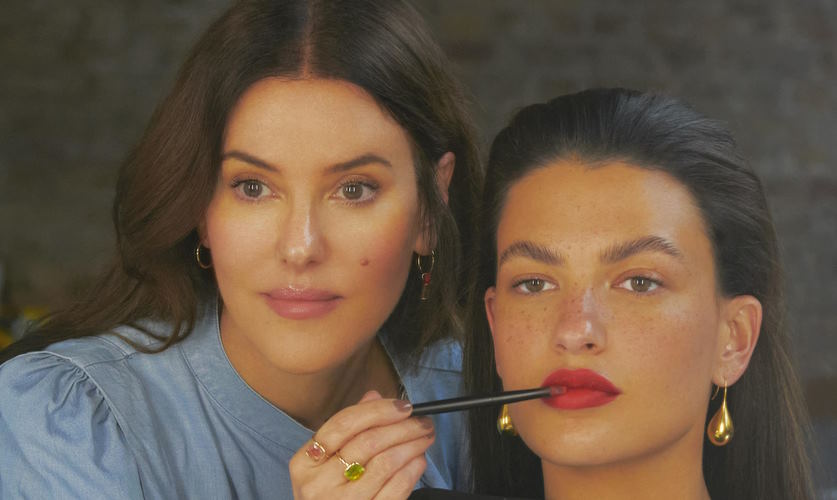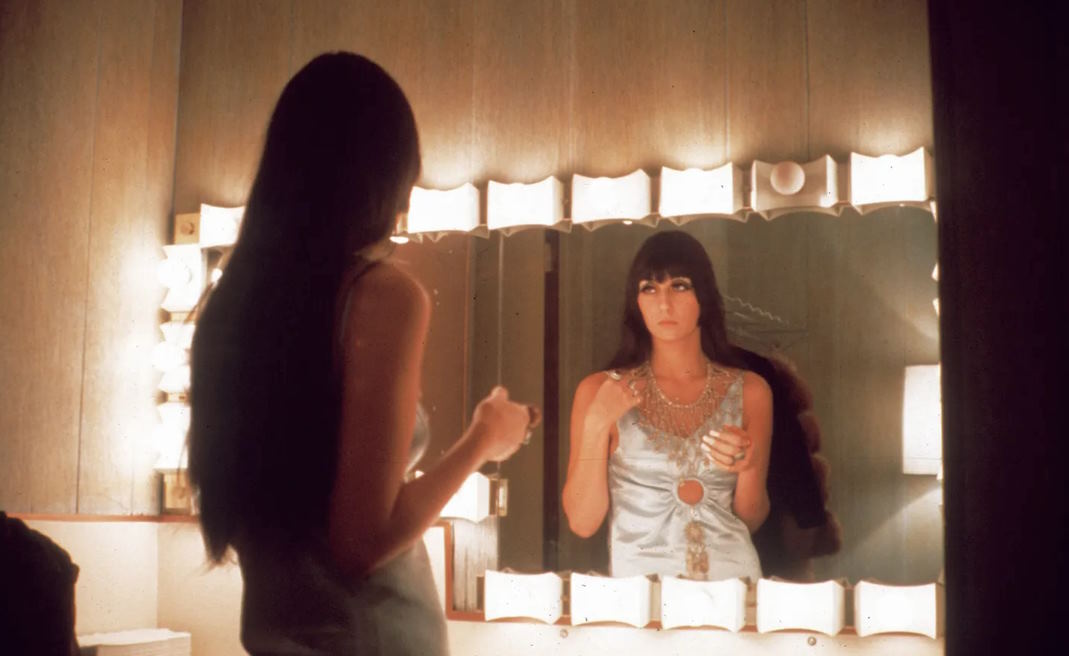Makeup can be a powerful tool to enhance our natural beauty and boost our confidence. However, even the most skilled makeup artists can struggle to achieve a flawless look if the lighting conditions are not ideal. Lighting plays a crucial role in how our makeup appears, from highlighting our best features to hiding imperfections. Understanding how different lighting conditions affect makeup is essential for achieving a stunning and natural look. Whether you are a professional makeup artist or simply looking to improve your makeup skills, these tips will help you master makeup application in any lighting situation.
Advantages and disadvantages of natural lighting for makeup application
Natural lighting can be one of the most beneficial lighting conditions for applying makeup. The advantages of natural light include its ability to provide an accurate representation of colors, highlight natural features, and provide a flattering glow. However, natural lighting can also have its disadvantages, such as harsh shadows and inconsistent lighting throughout the day.
When applying makeup in natural lighting conditions, it is important to consider the time of day and the weather conditions. Applying makeup during the golden hours of sunrise or sunset can enhance natural features and provide a warm, flattering glow. On the other hand, applying makeup during the midday hours can result in harsh shadows and overexposure.
To make the most of natural lighting, it is recommended to position yourself near a window with plenty of natural light. Avoid facing directly into the sunlight, as this can cause you to squint and result in uneven application. Use a handheld mirror to check for any areas that need touch-ups and be sure to blend thoroughly to avoid any harsh lines or shadows.
Additionally, natural lighting can reveal imperfections in the skin, such as blemishes or discoloration. It is important to use a light hand when applying foundation and concealer to avoid a cakey or heavy appearance.

Types of indoor lighting and their impact on makeup
Indoor lighting can vary greatly depending on the type of lighting fixtures used, the color temperature, and the brightness level. Different types of indoor lighting can have a significant impact on how makeup appears, including the color, texture, and overall finish.
The most common types of indoor lighting include fluorescent, incandescent, and LED. Fluorescent lighting is known for its cool, blue-toned light, which can cause makeup to appear slightly green or washed out. Incandescent lighting provides a warm, yellow-toned light that can create a flattering, soft glow. LED lighting can vary in color temperature and brightness, but is generally considered to be a cooler light source that can enhance the appearance of colors.
When applying makeup under different indoor lighting conditions, it is important to consider the type of lighting and adjust accordingly. For example, if applying makeup in a room with fluorescent lighting, it may be necessary to use warmer-toned makeup products to counteract the cool blue light. If applying makeup in a room with incandescent lighting, it may be necessary to use less product to avoid looking overdone.
In addition to adjusting makeup products, it is also important to check the makeup in different lighting conditions before leaving the house. This can help ensure that the makeup appears natural and flattering in all types of lighting.
Outdoor lighting
Outdoor lighting can be one of the trickiest lighting conditions to apply makeup in. There are a variety of outdoor lighting types, including natural light, street lamps, and spotlights, which can have a significant impact on the appearance of makeup. Additionally, outdoor lighting can change depending on the time of day, weather conditions, and location.
When applying makeup for outdoor events or photoshoots, it is important to consider the type of lighting and adjust accordingly. For example, if the event is taking place during the day, natural lighting may be the primary light source, so it is important to use makeup products that will enhance natural features and provide a soft, natural glow. If the event is taking place at night, street lamps or spotlights may be the primary light source, so it is important to use makeup products that will provide a more dramatic and defined look.
To make the most of outdoor lighting, it is also important to check the makeup in different lighting conditions before leaving the house. This can help ensure that the makeup appears natural and flattering in all types of lighting.
When applying makeup for outdoor events or photoshoots, it is also important to consider the weather conditions. Heat, humidity, and wind can all impact the appearance of makeup, so it may be necessary to use products that are long-lasting and waterproof.

The impact of special occasion lighting on makeup
Special occasion lighting, such as those used in weddings, parties, or performances, can have a significant impact on the appearance of makeup. These lighting setups can vary greatly depending on the event, and it is important to consider the type of lighting and adjust accordingly.
For example, if the event is taking place in a dimly lit room, it may be necessary to use brighter or shimmery makeup products to enhance natural features and provide a glow that will show up in the low light. If the event is taking place in a brightly lit room, it may be necessary to use products that will prevent any harsh reflections or shadows.
It is also important to consider the type of lighting used. For example, if the lighting is primarily warm-toned, it may be necessary to use warmer-toned makeup products to avoid looking washed out. If the lighting is primarily cool-toned, it may be necessary to use cooler-toned makeup products to avoid looking too warm.
To make the most of special occasion lighting, it is also important to check the makeup in different lighting conditions before leaving the house. This can help ensure that the makeup appears natural and flattering in all types of lighting.
